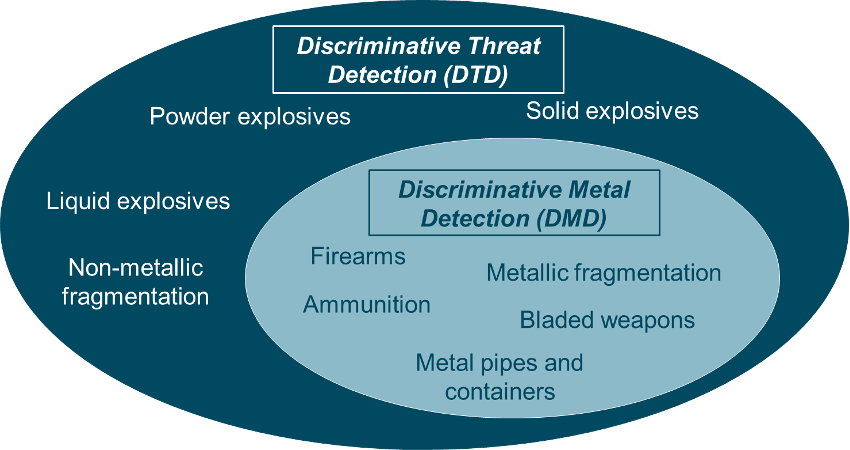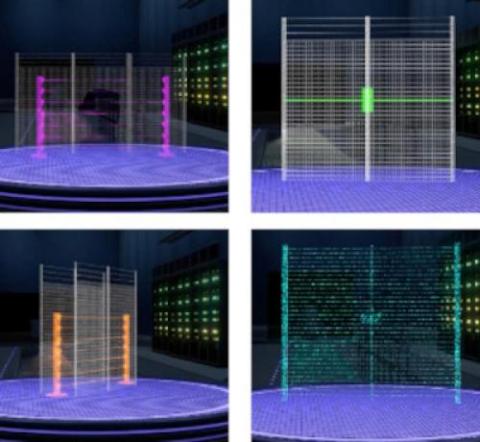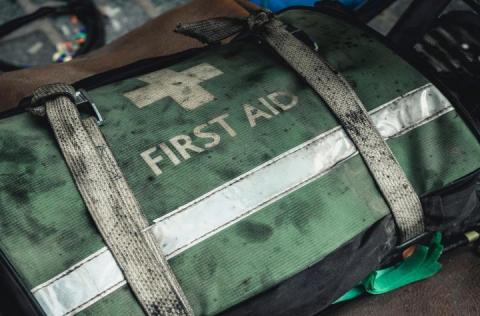Discriminative Threat Detection (DTD) Systems Test Method
Search and screening of people and their possessions on entry to buildings and sites can be a valuable protective security measure. However, at locations that experience high footfalls, more established search and screening approaches are often deemed to be impractical for a variety of reasons including cost per person screened, delay to entry and/or detrimental impact on visitor experience, and space and staffing requirements.
NPSA advocates the concept of High Footfall Screening: practical and proportionate approaches to screening people and their possessions at busy premises and events, with an emphasis on reliably detecting mass-casualty threats.
Whilst the upcoming Terrorism (Protection of Premises) Draft Bill (Martyn's Law) is not anticipated to mandate the use of any particular security measures, NPSA envisages High Footfall Screening, with its emphasis on practical and proportionate reduction of risk, providing valuable options for those responsible for larger public premises and events to consider as part of their mix of protective security measures.
NPSA addressed part of the gap with the release of the Discriminative Metal Detection (DMD) Systems Test Method in October 2020. DMD allows comparative assessments of technologies and products designed to detect metallic mass casualty threats on undivested individuals and in any bags they may be carrying or pulling.
As technology and products develop, the capability to detect hidden threats has also improved. Therefore, NPSA is proud to announce the release of a complementary test standard – Discriminative Threat Detection (DTD) Systems Test Method. DTD is applicable to the detection of both metallic and non-metallic, as shown below.

DTD is technology agnostic and applicable to products that are designed to discriminate larger threats from benign items (i.e. everyday items carried on a person or in their bags). It is primarily aimed at products able to screen large numbers of people without them needing to slow down significantly or remove contents from pockets etc for screening to take place.
The NPSA documents set out a standard approach for testing. They are not specification standards, in that they do not specify threshold performance values that the system must meet. The intention is that end users review the results of the testing and make their own judgements on whether a system meets their requirements and is suitable for their particular application.
Contact us
The test methods are one element of NPSA's work aiming to support development of a wider variety of options for screening people and their belongings for concealed threats and facilitate their uptake into operational use at UK sites. If you would like advice or support on designing and delivering a High Footfall Screening process at your site please contact us [email protected].
The test methods are available to manufacturers and developers of suitable products on request from NPSA. If you have a product you think is suitable for testing, or are developing a technology that could make use of it in future, and would like to discuss it further please get in touch with us [email protected].






